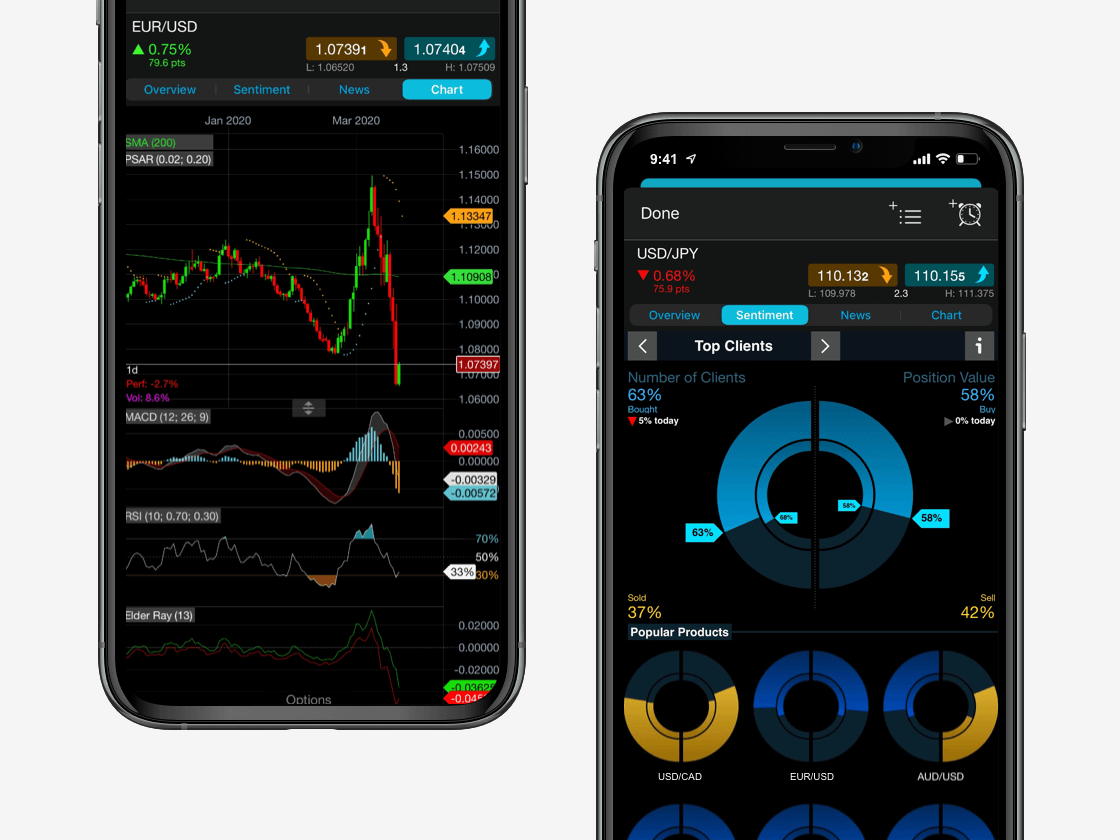It’s important to set goals in our personal and business lives, and the financial markets are no different. Goals offer direction, something to aim for when trading the markets and give a sense of achievement each time a target is hit.
Goal #1: risk control
A lot of traders end up losing too much in the beginning on trades that did not work out as planned. One way to mitigate risk and set a sturdy risk control goal could be to set aside a percentage of your account balance, 2% for instance, on any one trading idea. This would help to reinforce the approach of playing a good defensive game in the markets – critical to longer term success.
This also means you can pat yourself on the back for sticking to your risk goal even when your trades do not turn a profit.
Goal #2: effort to reward ratio
Another goal could be to ask how much work you are prepared to put in to analysing the markets and finding good trades. For example, watching individual shares that make up the US S&P 500 index. One goal could be to review the charts for each share every month. So 20 trading days in a typical month would give a goal of looking at 25 charts a day at least, in order to hit the monthly goal.
You may only watch a handful of markets – such as the major forex pairs – but you could set yourself a goal of reviewing these markets for half an hour every Monday, Wednesday and Friday to keep you abreast of any opportunities. Doing one's basic groundwork when trading is important, and any time spent scanning the markets can be part of a defined trading goals strategy.
Goal #3: reviewing how the trades turned out
All traders find it useful to spend some time reviewing how their trades turned out. Even experienced traders will agree that learning about the markets never finishes. Setting time to look back on why you made certain trading decisions over the past month, how the trades turned out and what you could have done better can be invaluable in evolving a strategy that suits your individual trading personality. Committing to spend a couple of hours every month to go over old trades really will be time well spent and could deliver real returns for future trades.
Goal #4: setting profit goals
It is important to set realistic profit targets. Remember that even successful hedge funds and fund managers struggle to make more than, say, a couple of per cent a month on a consistent basis. If you are realistic about the sort of returns you are expecting, you won’t end up putting too much pressure on yourself for every single trade, and this should help reduce the stress of trading and have a corresponding impact on your results.


